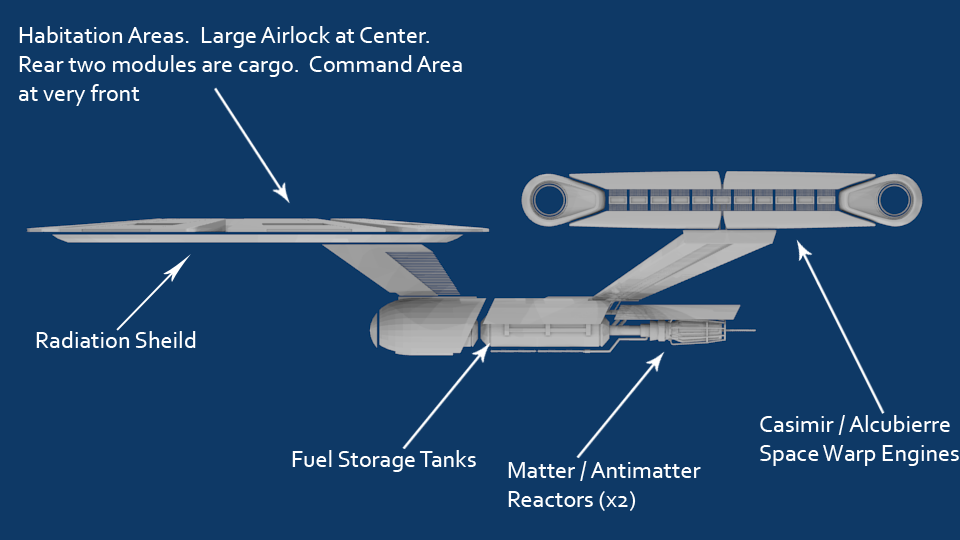This thread reminds me of something my late sister once said about (I think it was) Barlow's Guide to Extraterrestrials. Her impossible (yet strangely practical) thought was that it would have been better if the artist had never seen an Earth animal before. Her comments about how the artist would borrow a piece of a gorilla here, a piece of zebra there was unimaginative. I can't really argue with that...even though it's impossible to achieve!
I see her point, but I think Barlowe did better than a lot of artists at visualizing really alien life. In particular, most other artists' renditions of the Overlords from
Childhood's End are basically exactly like the devil imagery they're supposed to have influenced, but Barlowe's version looks more like an alien species that just has some broad similarities to the devil imagery.
And much of Barlowe's work later in his career has been even better at conveying true alienness -- notably his book
Expedition.
But Barlowe was a major influence on my SF, I think. When I started out imagining a science fiction universe of my own, I followed the Trek precedent of using humanoid aliens, but as I learned more about biology and evolution, I realized how unlikely that was. And I think
Barlowe's Guide inspired me to get a lot more experimental about my alien designs. Although most of mine probably do have more Earth influence than they ideally should.
The look of TOS didn't come out of nowhere. MJ reinterpreted what he knew and had seen and fashioned the TOS Enterprise and the rest. Any creator does the same. Without MJ's influence you're assuming that everything else remains and try to draw influence from that. But the Catch 22 now is if any elements resembling MJ's designs appear in your work how can you convince others of not being influenced by him?
Well, of course we can't actually respond to the challenge of this thread without being aware of the original design. Even if we consciously avoid its elements, that's still a response to it. But that doesn't mean we're stuck with simply copying it. We can be aware of it but still choose to do things differently, to recognize that the ideas that shaped it in 1964 aren't necessarily still valid today. Today we know that a realistic warp engine would more likely be a cylindrical collar surrounding the ship than a pair of long tubes. Today we know that a warp drive could work just fine as a sublight gravity drive, so we don't have to keep the conceit of "impulse engines." And so forth.
What Jefferies did was to try to design a ship that was both aesthetic and plausible given the best theoretical knowledge of his day. Something that looked like it was made to operate in weightless space, something that looked like it had power without having rocket exhaust, something that wasn't just a copy of the standard fictional spaceship designs that preceded it. I think the challenge here is to do the same from scratch -- to emulate the spirit of Jefferies's work, the goals and thinking that shaped it, rather than just copying the specific lines and contours that resulted.
Of course, that last point shows just how much influence Jefferies did have. Before ST, pretty much every film/TV spaceship, at least in the US, was either a rocketship/cigar shape or a flying saucer. (The
War of the Worlds Martian War Machines don't count because they were hovercraft, not spacecraft.) Now, the
Enterprise incorporates both the saucer shape and the cigar shape, but it and the ships that followed it in TOS brought a variety to cinematic spacecraft that they hadn't really had before.













